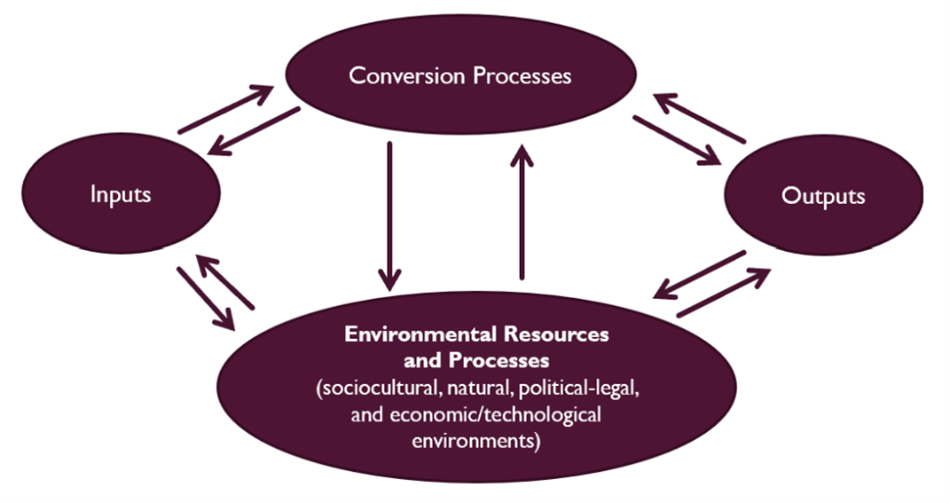GMGT - Class 9
1/24
Earn XP
Description and Tags
Name | Mastery | Learn | Test | Matching | Spaced |
|---|
No study sessions yet.
25 Terms
Key functional areas of business
HRM, Finance, Accounting, Supply Chain Management, Operations Management, Marketing.
Domains of Managements (3×3 Framework)
People, money, managing other organization and resources
People (Domain of management)
Encompasses managing interpersonal relationships within organizations.
Money (Domain of management)
Associated with Aristotle’s ideas about chrematistics (how you manage your wealth). Managing wealth is different than managing resources.
Managing other organizations and resources
Encompasses ideas about managing relationships between organizations.
Oikonomi
Managing resources
Process Domains
Inputs, conversion processes, and outputs.
9 × 9 Framework
Domains of management combine with process domains to form a 9 x 9 framework

Inputs
Acquires the resources it needs (key inputs like people, money, and other resources)
Conversion Process
Engages in day-to-day operations to use and add value to these resources (converts the inputs into products and services)
Outputs
Utilizes its value-added outputs to further its interests (sells its products and services to customers)
Traditional Value Chain
Inputs, conversion processes, outputs.
Only going one direction
Value chains help managers to identify and establish key performance standards.
Two key drawbacks of value chains
The two ends of a value chain remain unconnected, so that managers fail to recognize how their organization’s outputs are linked to inputs (and vice versa)
The various components of value chains tend to be treated as sequential and linear in nature, and there is often a failure to recognize the interplay and the processes that connect the various “links” in the chain.
Value Loops

Value Loops at Interface

Human Resource Management
How organizations find good people, train them, compensate them, promote them, and dismiss them.
When you hire someone, we focus on KSAOS

KSAOs
Knowledge, skills, abilities, other characteristics (extracurricular activities)
Finance
About raising money (financing) and spending money (investing) and deciding on the best ways to accomplish these tasks.
Every decision encountered in a business has financial implications and it is crucial for management students to have a strong knowledge of financial concepts and theories.
Accounting
Broadly concerned with the measurement of wealth and the financial impact of transactions. Good accounting results in good decision making.
Every single cent in a business must be documented because it needs to be taxed.
Supply Chain Managements
Focuses on inter-organizational logistics, and specifically on ensuring that organizations find optimal ways to acquire the supplies that they need from other organizations.
Operations Managements
Includes both production management and service operations, refers to directing and controlling the processes that convert an organization’s resources (inputs) into finished goods and services (outputs)
Marketing
Planning and executing the conception, pricing, promotion, and distribution of ideas, goods, and services.
Affects almost every aspect of daily life, and it is something you are exposed to all the time. From deciding how to package a product (and what the product should be) to getting the product to market, marketers perform a wide variety of tasks.
Four Ps of Marketing
Product, price, place (distribution), promotion
Value Loop Management

SIPOC
Suppliers, inputs, process, outputs, customers